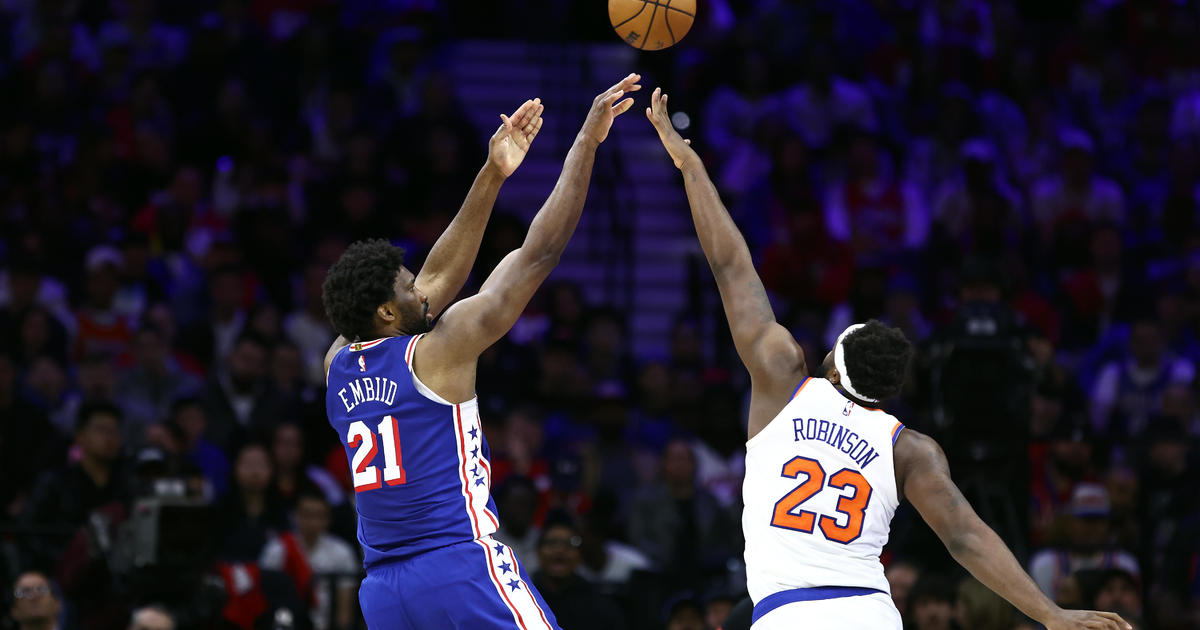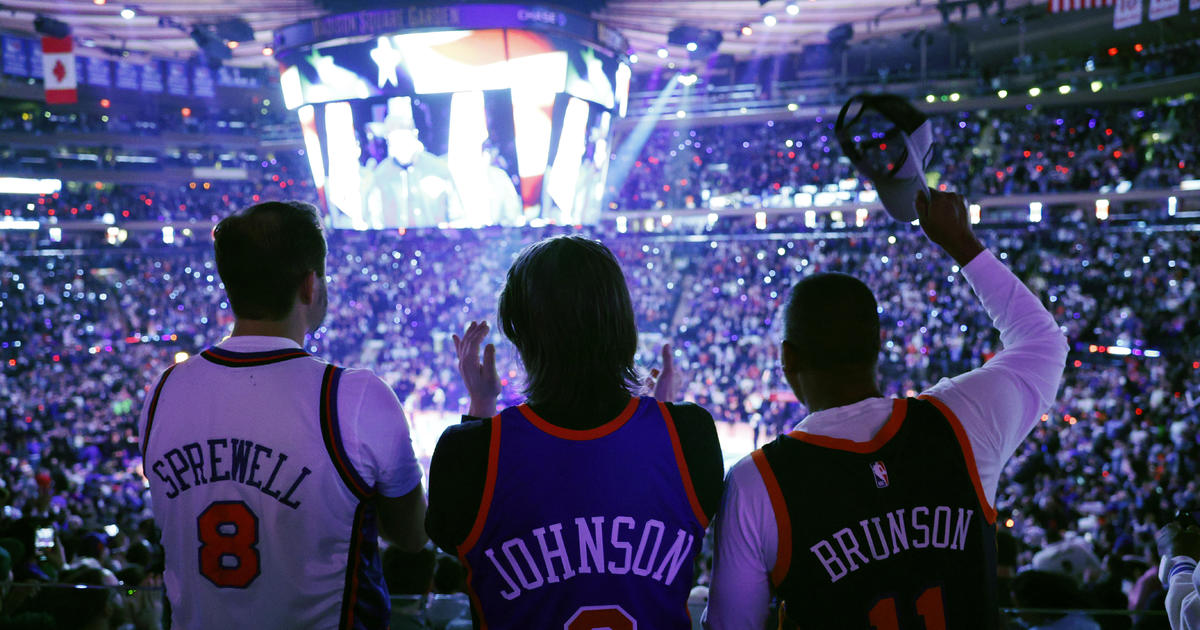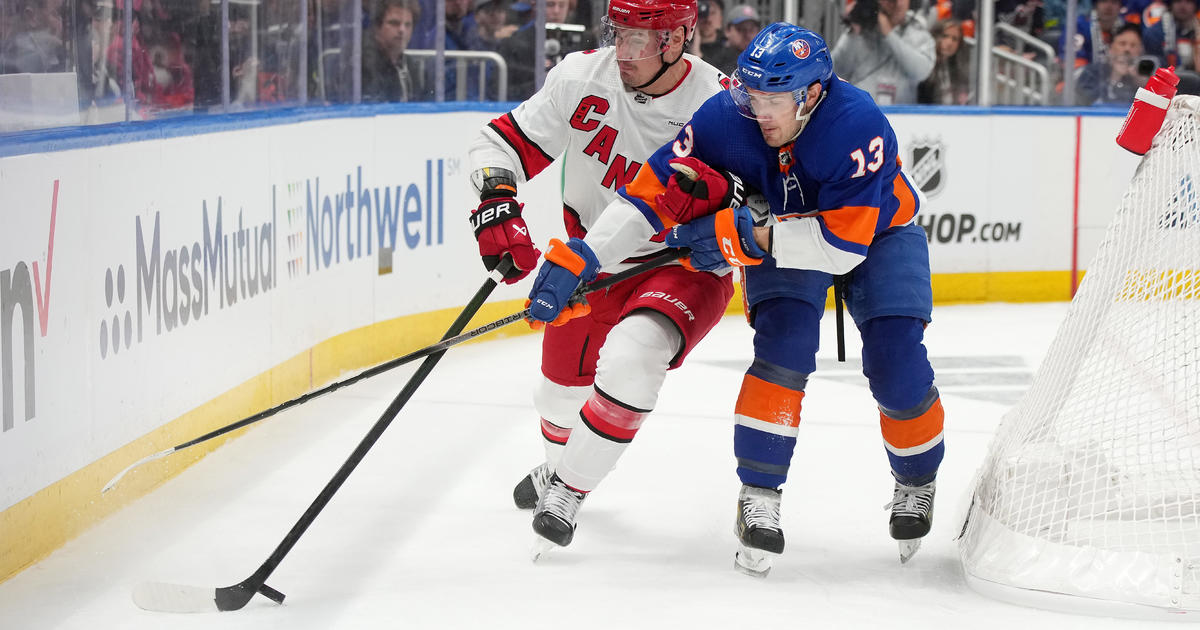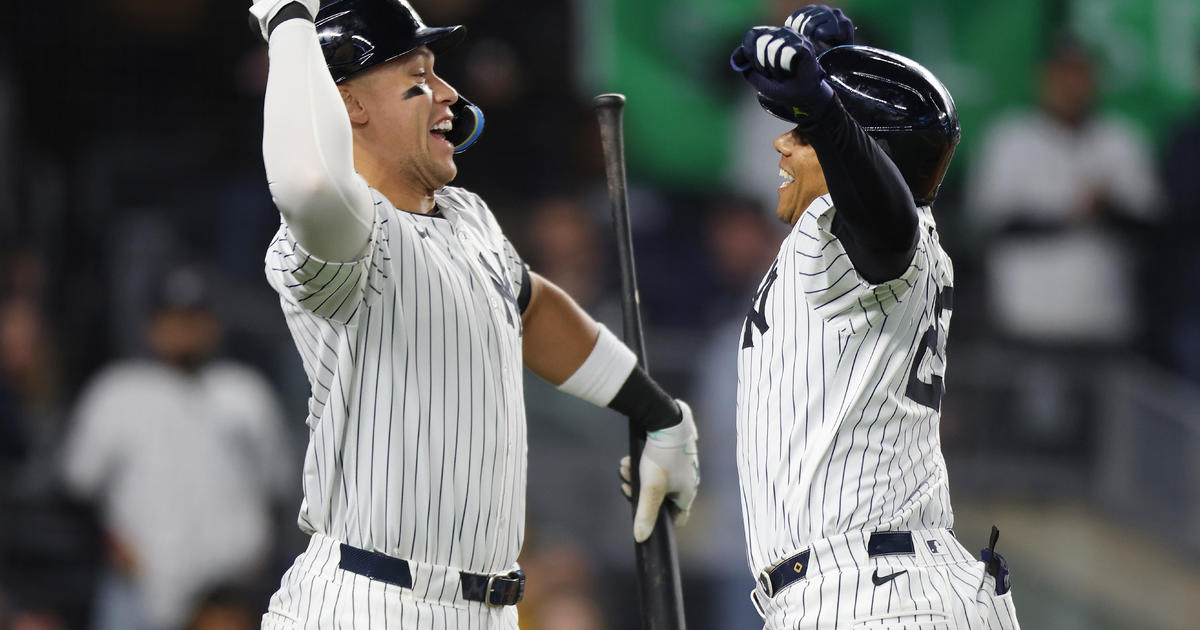Schmeelk: Knicks' Offense Has Been Spectacular — And It Can Continue To Be
By John Schmeelk
» More Columns
The Knicks' season can be separated into three distinct parts: their hot start, their mediocre middle and their hot finish. Taking a look at how the Knicks played in each section gives a good read of what they need to do in order to win games. Here's a close statistical comparison between each part of the season:
| First 23 Games (18-5) |
Last 12 Games (12-0) |
Middle 41 Games (20-21) |
|---|---|---|
| 103.2 PPG | 104.6 PPG | 96.4 PPG |
| 45% FG (37.4-83/gm) | 49.6% FG (38.8-78.2/gm) | 43.2% FG (35-81.1/gm) |
| 41% 3PT (12-29.4/gm) | 41% 3PT (11-26.8/gm) | 34.4% 3PT (10-29/gm) |
| 75.6 FT (16.4-21.7/gm) | 76.3 FT (16.1-21.1/gm) | 76% FT (16.4-21.6/gm) |
| 47% 2PT (25.4-53.6/gm) | 54% 2PT (27.7-51.4/gm) | 48% 2PT (25-52.1/gm) |
| 47.5 Reb% (74.2%O/23.4%D) | 50.6 Reb% (73.1%D/28.2%O) | 50.4 Reb% (75.7%D/26.7%O) |
| 95.7 Opp Pts | 92.3 Opp Pts | 96.2 PPG |
| 45.4% Opp FG | 46% Opp FG | 46% Opp FG |
| 93.01 Pace | 88.79 Pace | 92.04 Pace |
| 111.1 Off Rating | 118 Off Rating | 108.6 Off Rating |
| 102.3 Def Rating | 103.7 Def Rating | 103.3 Def Rating |
| 11.4% Team TO % | 13.3 Team TO % | 14.2 Team TO % |
| 16.5 Assist Ratio | 15.1 Assist Ratio | 15.4 Assist Ratio |
The obvious difference between the good and bad stretches is the drop in offensive output, which corresponds with that 20-21 stretch in the middle of the season. Despite the Mike Woodson narrative about improved defense, the Knicks are an offensive team first and foremost. The Knicks are much better offensively than they were under Mike D'Antoni, but they're also worse defensively.
It should be noted that the Knicks' current offensive pace during this streak is ridiculous by any standard. They are scoring nearly seven more points per 100 possessions than the best team in the league has during the season. They are even better by four points per 100 possessions than the Heat were during their ridiculous winning streak. The Knicks' offense is winning games singlehandedly thanks to their hot shooting and a new approach. If the above numbers show anything, it's that the Knicks need to score like a top three offensive team if they want to win games.
If the Knicks drop to a 35 percent three-point shooting team for large stretches of games they probably aren't going to win very many. One or two fewer three pointers per game can make all the difference between a win and a loss. Jason Kidd finding his touch again and Iman Shumpert's improved three-point shooting have all helped the Knicks bounce back in that category.
Besides three-point shooting, Carmelo Anthony's less efficient play during those 41 games in the middle of the season had a lot to do with the team's struggles as well. He shot just 43 percent from the field during that stretch as compared to 47 percent and 49 percent during the winning times. It should be no surprise to anyone that the Knicks need their star to play like one to win basketball games. With his knee now drained and looking as healthy as it has been in a while, he should be able to keep his shooting percentage above 45 percent and be more like the player the Knicks had to start the season than the one that struggled from December to March.
The biggest factor in the Knicks' recent streak has been the improvement of their two-point shooting. The improvement can be traced to three players: Anthony, J.R. Smith and Raymond Felton. Anthony has been shooting more midrange jump shots (44 percent of his shots from there vs. 35 percent and 38 percent during the other stretches), which is usually a formula for a lower shooting percentage. Anthony, however, has been hitting a ridiculous 54 percent of those shots, which is 12 percent higher than the 42 percent he shot before this twelve-game run. A hot hand is a hot hand and a great player is a great player, which Anthony has been. The odds of this continuing for many more games is unlikely, but he can adjust by getting to the hoop more like he was earlier in the year. Knicks fans should not worry about Anthony's offense.
As for Felton and Smith, it's all about the shots that they are not taking: midrange jump shots. Up until this 12-game winning streak, Felton has shot 39 percemt from midrange (between the paint and three-point line), and he has actually done worse during the streak, with his percentage dropping to 36 percent from that area. Felton, however, is taking less than two midrange shots per game during this streak. That's two fewer than he averaged per game before the streak started. He's also been far more successful on his shots within five feet of the rim, shooting 62 percent on those shots instead of 52 percent, which he shot up until the middle of March. Felton is getting to the rim and converting when he is getting there. He's shooting 51 percent overall on just 9.5 shots per game, four fewer than before. He's averaging just two fewer points with a 3:1 assist to turnover ratio, which means that Felton has been very efficient. His overall assist numbers have also dropped by two per game. The Knicks have asked Felton to do less, but his numbers have not dropped significantly. More shots at the rim -- and fewer from the perimeter -- have the tendency to do that.
The same can be said for Smith, who has completely changed how he plays offensively. Before this winning streak, Smith averaged just 2.7 shots at the rim (within five feet) per game. During the streak he's averaging more than double that -- six per game -- and converting 64 percent of them. He's also averaging 7.5 free throws per game, more than double what he was averaging before this streak. All those free throws and shots at the hoop have come at the expense of the dreaded midrange jumper. This year Smith has converted just 41 percent of his shots from midrange, yet they accounted for 37 percent of his attempts before this 12-game winning streak. But in the last 12, he is averaging only 4.5 per game, which is good for only 27 percent of his shot attempts. Much like Felton, Smith's shot selection has shown off-the-charts improvement.
Both of these adjustments for both players show significant changes in their styles. If it was just hot shooting, I would say that a serious regression to their normal numbers would be in orde. But these trends indicate that it might not be inevitable. There will be some slippage (no NBA team can maintain that type of efficiency for long), but nothing so significant that it should plummet the Knicks into offensive mediocrity. If the team only slides back to their offensive success during their first 23 games, they would still be the best offense in the NBA, and it would be good enough to carry them deep into the playoffs. They would have a net offense/defense rating around plus-7 points per 100 possessions, which would put them near the top of the league. As long as the team stays healthy, and the three-point shooting doesn't go cold, it's very possible.
A couple other interesting notes: The Knicks are turning the ball over more than they were at the start of the season, but not as much as they did during their bad stretch. Ball protection is still very important since it protects the defense from giving up easy baskets and maximizes possessions on offense.
Their assist ratio is down even as the turnover ratio is up, which is a little disconcerting but nothing to panic about. Ball movement can still be good even if assist numbers are down. The Knicks are running a lot of isolations, but teammates are more than willing to pass out of double-teams. The team is also rebounding better than it has all year due to their diligence on the offensive glass in their last 12 games, grabbing 28 percent of their own missed shots. That, without a doubt, has helped their offensive numbers as well.
Perhaps the most interesting fact is that the Knicks are doing so well offensively despite the fact that they are playing at their slowest pace of the season. No team has had fewer possessions per game than the Knicks during the last 12 games. You saw the Knicks move the ball quicker against the Thunder and score in a transition a lot more, but for the most part it has been half-court execution and hot shooting that has carried the day. Like the Knicks, the Heat play at one of the league's slower paces but are still one of the league's best offenses. It's very possible to play slow but still be efficient offensively. This is a good sign since the game generally slows down in the playoffs.
Defense is another story. Aside from the first couple weeks of the season, the Knicks have been consistently average defensively. During each of the three major sections of the season, winning or losing, the Knicks' defensive rating has been between 102.3 and 103.7. In fact, during their 12-game winning streak, the Knicks have actually played worse defense than they did during the 20-21 stretch from December to March. Unless the torrid offensive pace continues, the defense is going to have to get better if the Knicks have championship dreams. I'll get more into the defensive aspect later in the week.
Schmeelk's Snippets
- The Knicks' magic number for home-court advantage through the first two rounds of the playoffs is at 4, meaning they need four combined wins or Pacers losses to clinch the two seed. The Pacers still have three tough games left against the Knicks, Nets and Celtics. The Knicks still have lemmings like the Bobcats and Cavs on their docket -- the Pacers have the Cavs on Tuesday night -- so barring a collapse or a Pacers five-game winning streak, the Knicks should have home-court advantage in the second round of the playoffs. That's about as successful a regular season as you can have.
You can follow me on Twitter @Schmeelk for everything Knicks, Giants, Yankees and New York sports.
Do you expect the Knicks to continue playing at an incredibly high level offensively, or are they due to come back down to earth soon? Sound off with your thoughts and comments below...



